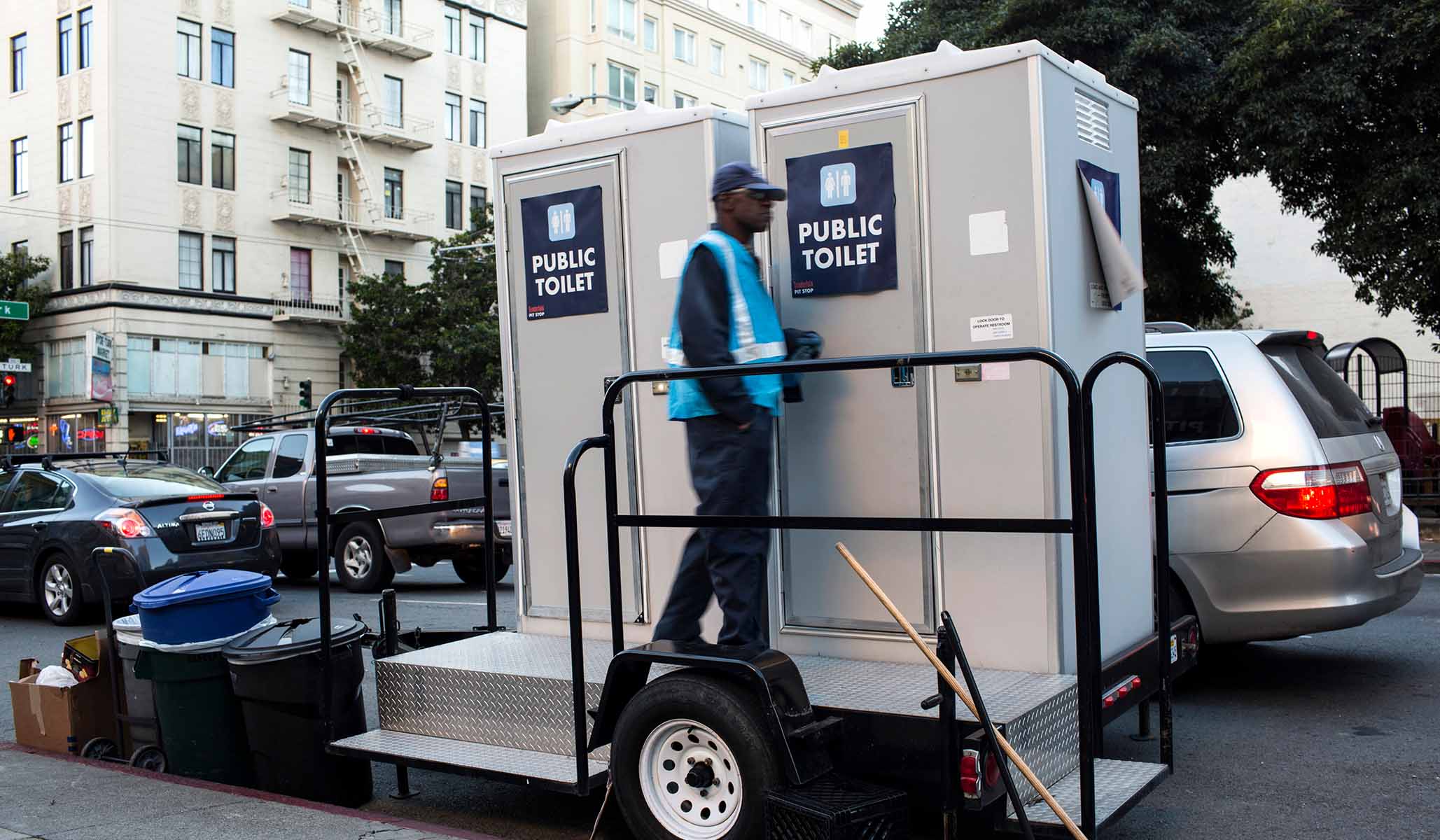


The city of San Francisco is not going to spend $1.7 million to build one public toilet after all. It’s going to spend $1.7 million to build two, according to a new report.
San Francisco was the object of ridicule in October after it was reported that city leaders were prepared to announce $1.7 million in state money to build a single toilet in a 150-foot space at the Noe Valley Town Square. The plan became known locally as “Toiletgate.”
Now city leaders are concerned about “Toiletgate 2.0” on the heels of a new proposal to use the same $1.7 million to build two loos — $300,000 to install a modular toilet donated to the city after the October kerfuffle, and another $1.4 million to build a second toilet in another city park, San Francisco Chronicle columnist Heather Knight reported Tuesday.
City supervisors agreed Tuesday to accept the $1.7 million in state money for the two toilets, but some are questioning if city bureaucrats have really done enough to cut red tape and keep the potty prices down, according to the Chronicle.
“I’m worried we’re heading to Toiletgate 2.0,” Supervisor Joel Engardio told his colleagues, noting that a $1.4 million toilet isn’t much better than a $1.7 million toilet.
The uproar around “Toiletgate 1.0” stemmed from a Chronicle report in October that found that city leaders were planning an event at the Noe Valley Town Square to officially announce a “$1.7 Million state budget win” to build a small toilet facility there.
The toilet project, which was expected to take three years to complete, would require a committee from the city’s Arts Commission to conduct a “multi-phase review” of the architecture plans, public feedback, and would be subject to review under the California Environmental Quality Act. The toilet would also be built by union workers who will “earn a living wage and benefits,” according to a joint statement from the Rec and Parks Department and the Department of Public Works. “While this isn’t the cheapest way to build, it reflects San Francisco’s values,” according to the two departments.
The project received pushback, including from Governor Gavin Newsom, as people questioned how building a single toilet in San Francisco could cost as much as a single-family home. Newsome put the state funding on hold.
In the meantime, the president of Public Restroom Co., a private firm that specializes in prefab restroom buildings, offered to donate a modular toilet to be installed at Noe Valley, according to the Chronicle. Another firm, Volumetric Building Cos., offered free architecture and engineering support. They also offered to fund the installation of the toilet.
The city’s cost: $300,000 for a landscape design firm.
With $1.4 million in state funds still on the table, the city decided to install a second modular toilet at Precita Park, a little over a mile east. The cost of the second toilet: $840,000 in construction costs and $560,000 in soft costs, or exactly $1.4 million.
According to the Chronicle, Supervisor Hillary Ronan said the second toilet would be so expensive because of the lack of plumbing and infrastructure at Precita Park. But she’s glad the toilet will be built, because park users are peeing on neighbors’ doorsteps.
San Francisco, which is struggling with a troubling homelessness and public-defecation crisis, desperately needs more public toilets. A 2018 report in the Guardian questioned “Why is San Francisco … covered in human feces?” One city non-profit has turned old municipal buses into rolling showers and toilets to help with the problem.
San Francisco also has a history of overspending on seemingly mundane items. In 2021, the city spent nearly a half-million dollars to develop new trash can prototypes because city leaders “weren’t happy with the look” of off-the-shelf cans.
